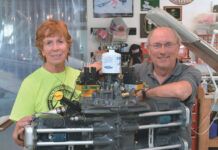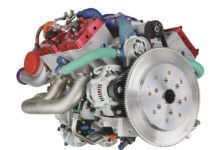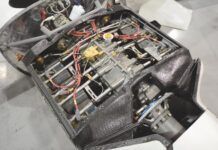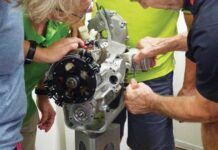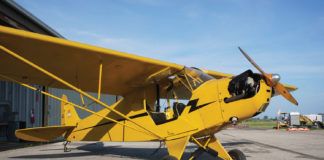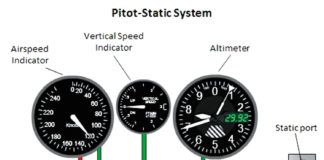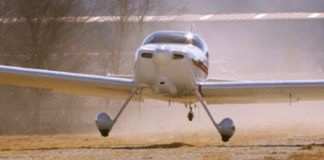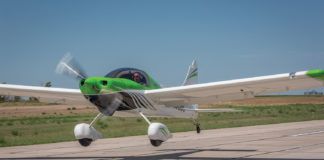Two types of our readers often find themselves faced with the dilemma of evaluating the condition of a used engine: those who wish to save some money on their airplane project and those who are thinking about buying a used homebuilt airplane. In either case the challenge is about the same. How do you decide, without taking this engine completely apart, whether or not it will give you at least several years of good service?
Begin with the Paperwork
We often think of the paperwork as the last thing we do at the end of a job, but there is much to be gained from beginning the process of evaluating an engine with the logbooks. The logs can tell us how old the engine is, both in hours and in years. In fact, with the majority of experimentals time is more important than hours. The logs can also tell us something about the last time the engine was overhauled or if it is on its first runout, so to speak. In other words, if the engine has been overhauled ever, once, or possibly more than once.
Assuming that an engine has been overhauled, a conscientious seller should have paperwork from the overhaul shop listing what was replaced and what was reused and information about whether the engine was overhauled to service limits or new tolerances. Just the name of the shop doing the work is important to you as the potential buyer. There are, after all, all kinds of people who overhaul engines. Not all of them are created equal, at least not in their ability or willingness to do first-class work. If none or little of this information is available, it is a mark against the engine no matter how well it runs at the moment.

Prop Strikes
While perusing the logbooks be sure to look for entries that would suggest a prop strike or some other mishap. This is why it is a good idea to look at not only the engine logbook but also the prop and airframe logbooks. A repair or replacement mentioned there may suggest engine damage that was not properly repaired or even logged. Many engines are not torn down and inspected after a prop strike, even though it is required by both Lycoming and Continental. Note that Rotax has different guidelines for dealing with prop strikes due to their gear reduction systems.
Prop strike engines sometimes become available at very attractive prices, but generally should be avoided unless the required inspections and replacements have been performed, in which case they wouldn’t be advertised as cheap prop strike engines. An unexamined prop strike engine is worth less than a core engine, in this author’s opinion. It may be worth something, but you have no way of knowing without tearing it down. What you find when you do can be very expensive to fix.
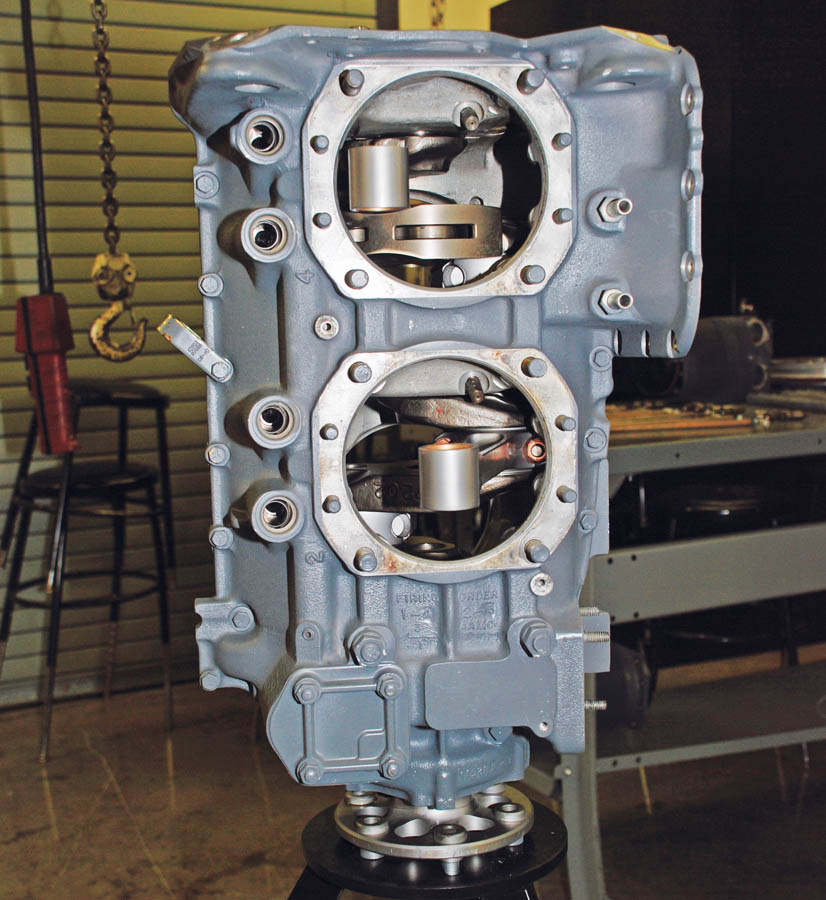
The final thing to consider when looking at the logs is the time in service or since the last overhaul—time in years not just hours. Time is the enemy of aircraft engines, because as the song says, “Rust never sleeps.” An engine that is 10 or 12 years old with only a few hundred hours on it almost certainly has had long periods of idle time during which corrosion took its toll. Lycoming engines in particular are vulnerable to rust on the camshaft and lifters because these parts are not down in the crankcase oil. If they are not run regularly or carefully preserved, the oil runs off these parts and leaves them exposed to corrosion. A corroded camshaft is not going to last. The goods news is that camshaft wear due to corrosion will almost never cause a complete engine failure, but the bad news is that it will lead to an expensive repair bill, because the only way to fix it is to tear the engine apart.
If the engine is out of the airplane it once powered, there is even more cause for concern. How long has it been since it was last run? What is the history of the plane it was in? These questions lessen the value of the engine unless they can be answered with some certainty in a positive way. That is why most engines that are no longer in a plane should be considered core engines. In other words, they are a good place to begin an overhaul at best.
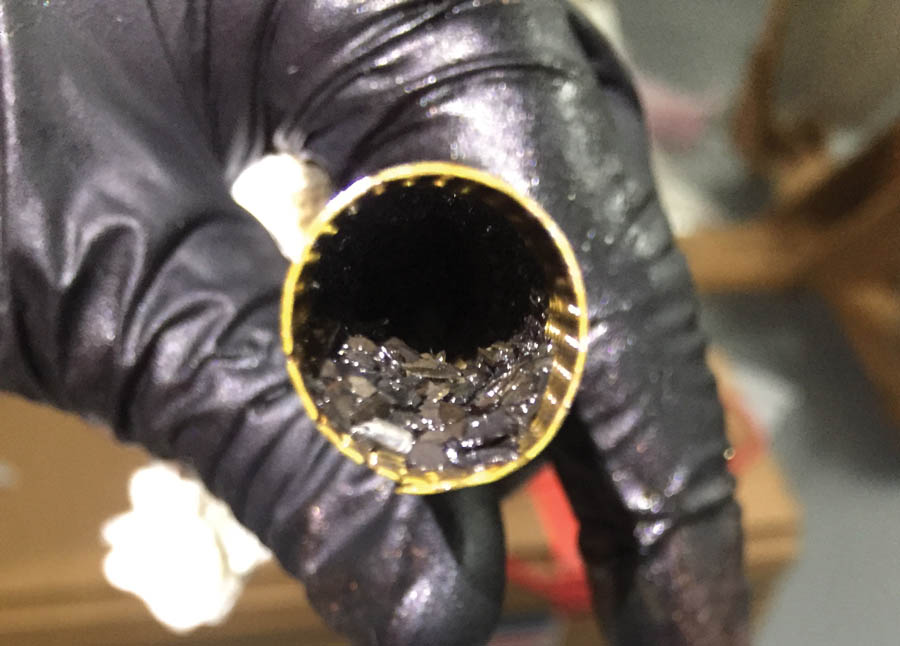
Easy Tests
The potential buyer of a used engine, in or out of a used airplane, has some easy tests that can be performed by most any competent airplane mechanic. The first test is the differential compression test (see “Differential Compression Test,” December 2018). Ideally this is performed on a warm engine, but even on a cold one it can reveal some problems. What you as a buyer are looking for is cylinder pressures of 70/80 or better. Continental engines seem to be happy with lower pressures, but Lycoming says pressures under 65/80 are a concern, and pressures below 60/80 are cause for replacement. If these low readings occur in an engine you already own, you may well decide to take a wait and see approach as long as the engine is making good power and not otherwise causing you problems. But when you are thinking about buying an engine or an airplane with such an engine, you are not looking for merely acceptable. You are looking for something better. That said, if readings come back below expectations, it is a good idea to run the engine a bit and retest if possible. A single poor test result itself is not definitive.
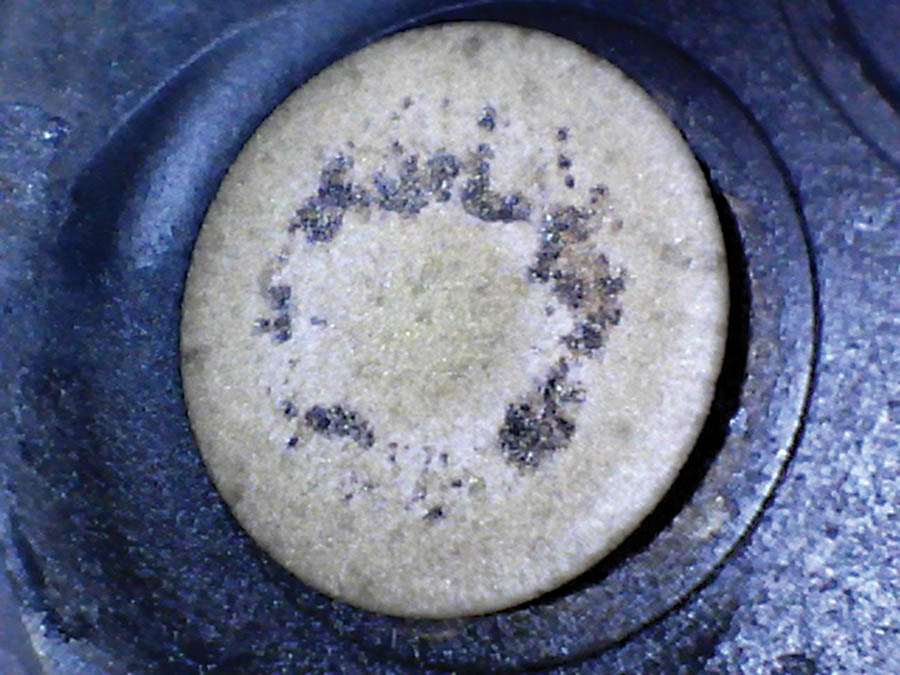
The big question when looking at compression test results is, if there is significant leakage, where is it coming from? Significant leaking past an exhaust valve, especially if it does not clear up with a retest, is cause for concern. Leaking valves turn into burnt valves and then failed valves.
The compression test should be accompanied by a borescope examination of each cylinder (see “Affordable Borescope,” July 2016). These two tests performed together can tell you a lot about the condition of the top end of the engine. The term “top end” refers to the pistons, cylinders, and valve train of an engine, as opposed to the “bottom end,” which refers to the crankshaft, camshaft, connecting rods, and the engine case.
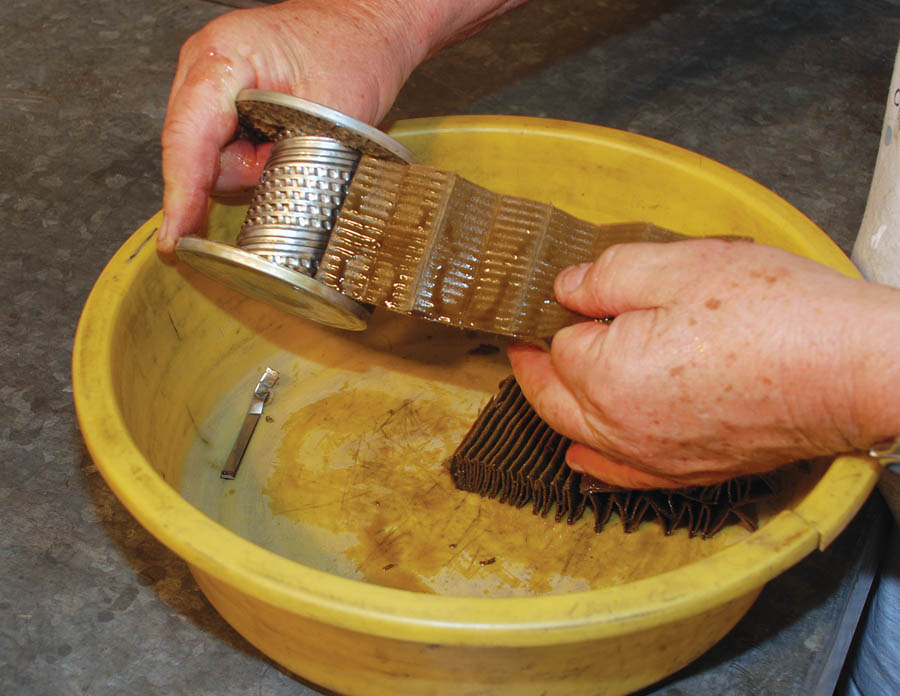
If these tests go well, move onto cutting the oil filter open and inspecting the sump screen. Most engines will show signs of making tiny amounts of metal upon inspection of the oil filter. This should not be a concern. However, if there is a lot of metal in the oil filter, that is a problem. That metal is coming from somewhere in the engine, which means there is something not right inside. Lycoming Service Bulletin 480F and Service Instruction 1492D provide more detailed information on evaluating the quantity and type of metal that may be found in an oil filter and/or sump screen and what to do about it. These inspections are your best window into what is happening with the engine, short of tearing it apart.
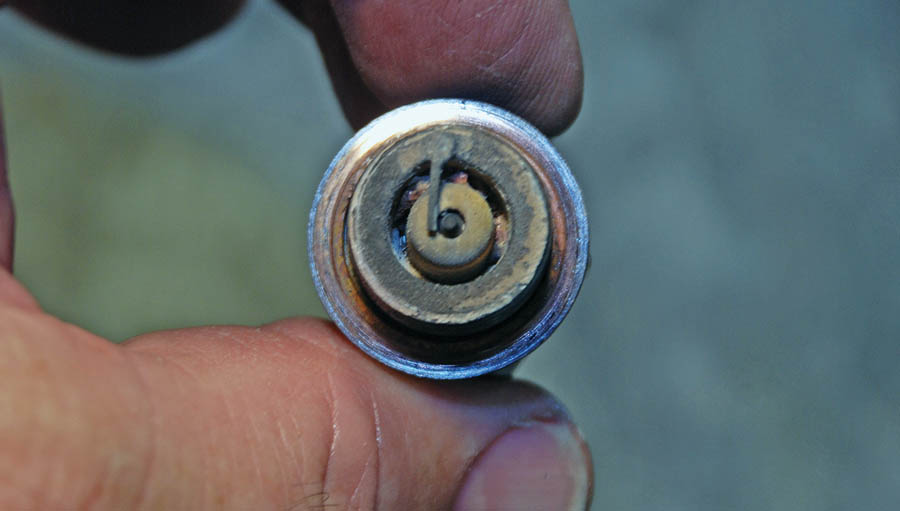
Lastly, if regular oil analysis has been done, be sure to look at the reports. Trends emerge in these reports usually long before failures occur. There is a lot of comfort that can come from a clean oil filter, a clean sump screen, and consistently normal oil analysis reports. Unfortunately, not that many people bother with oil analysis.
If you are considering the purchase of a used experimental, be sure to ask the seller to refrain from changing the oil and filter and leave it for the pre-purchase inspection. If there is a new filter on the engine there will be nothing to examine to determine whether or not the engine is making metal.
Hidden Problems
The steps outlined above, if performed by someone with experience with the engine in question, can reveal a lot about the condition and expected future performance of an engine, but even the sharpest mechanic cannot see inside a Lycoming engine without doing some major disassembly. As stated before, camshaft and lifter corrosion are the big weaknesses of Lycoming engines. This corrosion leads to spalling and eventual failure of the lifter faces and the camshaft lobes. Engine oil analysis and oil filter inspection can often point to cam and lifter failure as a possibility, but there are other sources of steel particles in a filter or elevated iron content in an oil analysis. The evidence may be strong, but it is indirect.

There are other internal problems that can cause you grief but be hard to see until it is too late. Improperly torqued case studs or cylinder hold down bolts can lead to cylinder separation. Loose case studs can also allow the case halves to rub against each other causing fretting. Fretting produces aluminum flakes in the oil filter that can be mistaken for other things such as piston pin retainer wear. The problem with anything that allows even the smallest movement of the cases against each other is that eventually the crankshaft bearings may fail because they have been allowed to turn or shift. If that happens you are going to have a very bad day. Knowing the reputation of the shop that did the overhaul can go a long way towards allaying this fear.

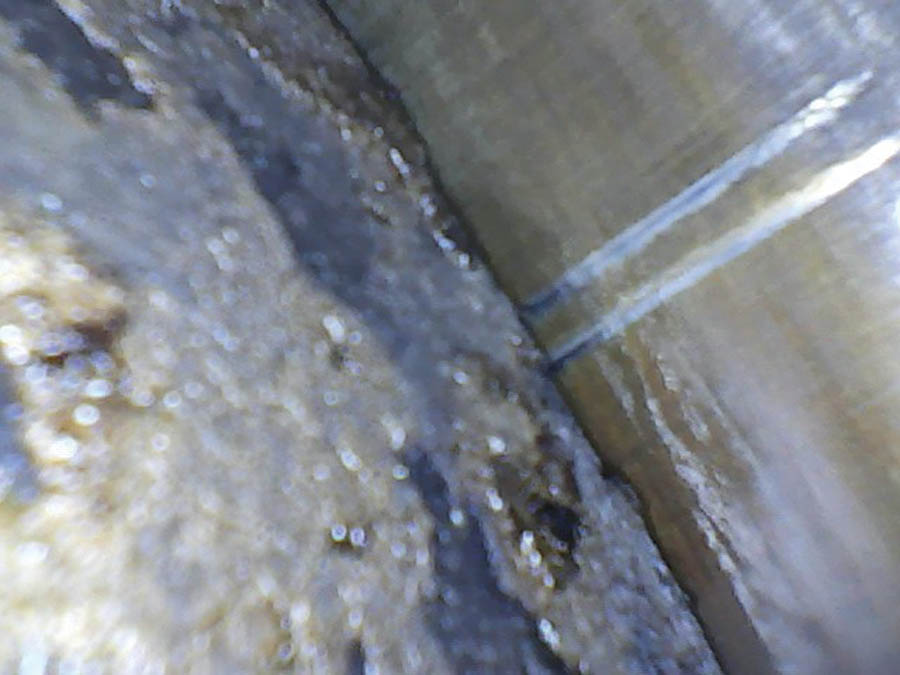
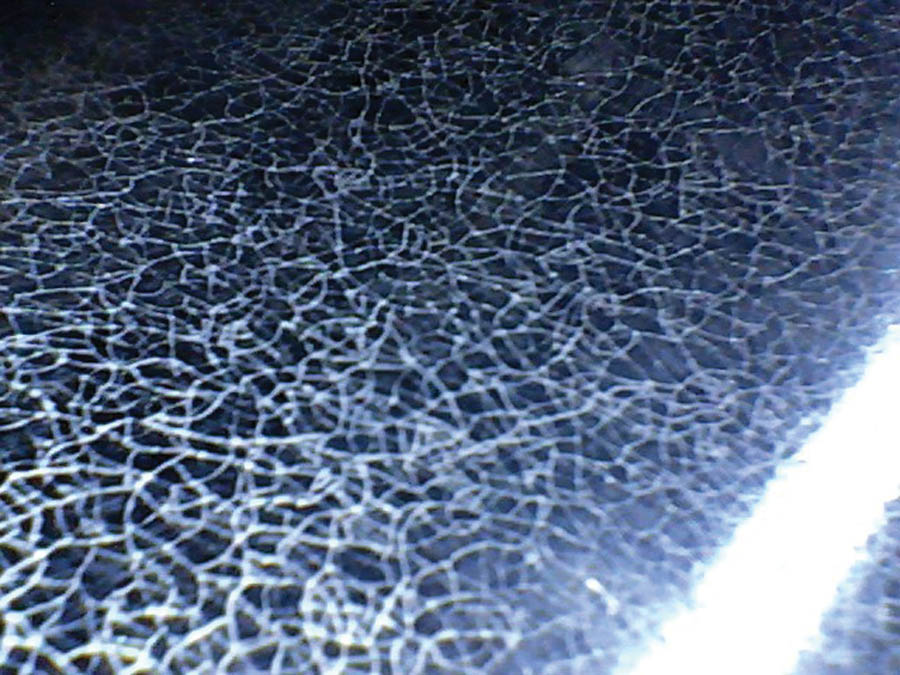
External Issues
The first thing to look at when examining the exterior of an engine is to note any colors present on the cylinder heads or barrels. New Lycoming cylinders will be painted gray all over. A field overhauled engine with steel cylinders should be gray or unpainted. If there is orange paint on a cylinder, that means that the cylinder has hard chrome plating inside. Blue paint signifies a nitride-hardened cylinder. Green paint means that the cylinder has been bored out .010 inch oversized during its last overhaul, and yellow means that is was bored out .020 inch.
A careful examination of the outside of an engine can reveal a number of problems, some minor, others not so minor. In any case, new Lycoming cylinders are painted gray. Any other color means that it is not a new factory cylinder. If an engine was overhauled and it still has colored paint on the cylinders (other than gray), the cylinders were not replaced with new ones. The best overhauls use new cylinders. A used cylinder can be overhauled, but cylinders do not have an infinite life. Unless a cylinder has been badly overheated, the steel cylinder itself can be bored out and put back in service, but the aluminum head, which is permanently attached to the cylinder has a life limited by stress and thermal cycles. The fatiguing of the aluminum is the reason why it is best to replace cylinder assemblies with new ones at overhaul time.
Moving beyond the cylinders, the next big external issue is oil leaks. Some are not a major concern such as leaking oil return lines or valve cover gaskets. Others, such as leaks at case through bolts, can be very difficult to repair without major engine work. Leaks at the split in the case halves may be able to be cured with tightening some bolts, but oftentimes it can prove very difficult to stop these leaks, eventually requiring splitting the case open to fix them. It is unlikely that your life will be imperiled by a leaky engine, but the standard of acceptability to you as a buyer is surely higher than that. Of course, it is much easier to detect and evaluate an oil leak if the engine is in an airplane that can be started up and flown. An engine on the floor of someone’s shop offers little opportunity to explore the cause of a leak much further.
Conclusion
While a few simple tests are worthwhile, there is more to really getting a good idea of the condition of and future health of an engine than a differential compression test and cutting an oil filter open. History and good recordkeeping matter; they matter a lot. The more information you have about an engine, the more confidence you can have in its condition. The flip side of that is the less information you have, the more cautious you should be about paying more than the basic core price for that engine. And even that price should be predicated on a guarantee that the crank and case are useable.
When a used engine is in an airplane, you have the advantage of being able to run the engine and fly the plane. That will at least tell you how it is running today. But the history of the engine is still vital to making the buying decision. Without that history you will need to price the airplane as if it had a high-time engine in need of an overhaul in the near future.







